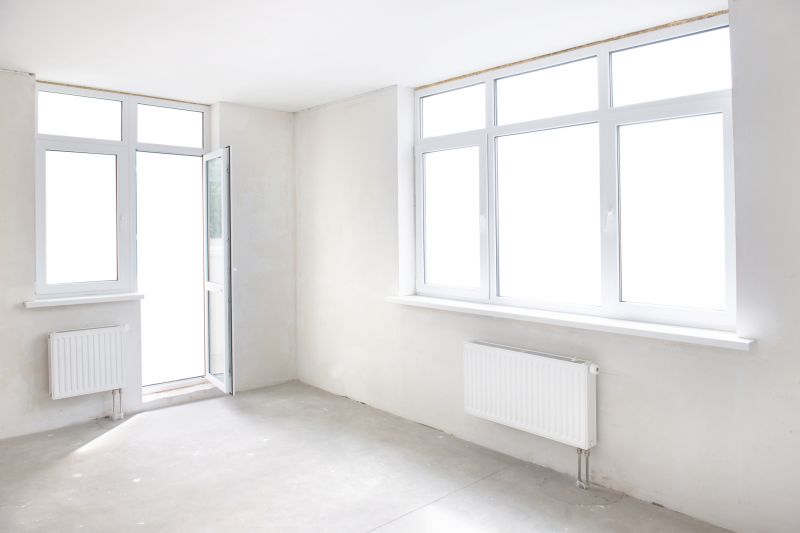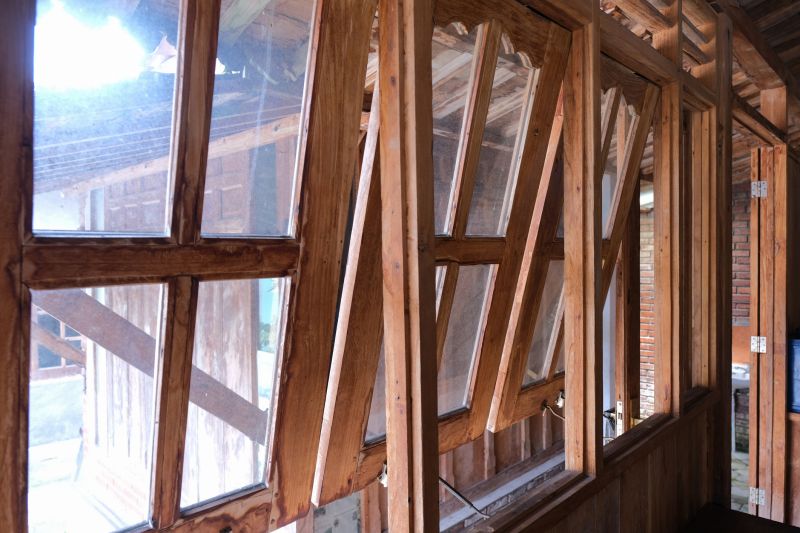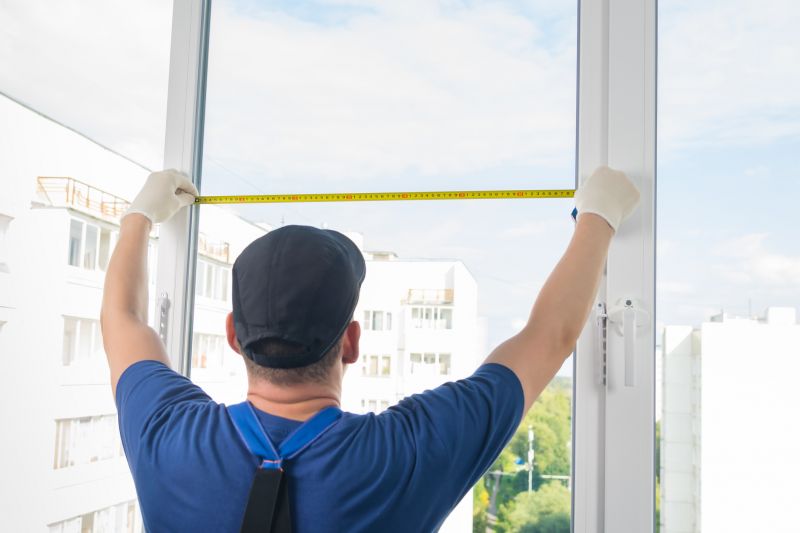Optimal Timing for Windows Installations
Understanding the optimal timing for Windows installations can enhance performance and reduce disruptions. The choice of timing depends on various factors including system readiness, user activity, and seasonal considerations. Proper planning ensures smooth setup and minimizes downtime.
Spring and fall are generally preferred due to moderate temperatures and lower activity levels, reducing the risk of overheating or interruptions during setup.
Late mornings or early afternoons are ideal, as system resources are typically less taxed, and technical support is more available if needed.
Mid-week days, such as Tuesday or Wednesday, often see fewer disruptions and allow for dedicated setup time without weekend interruptions.
Scheduling installations outside of peak business hours minimizes impact on daily operations and employee productivity.

Technicians prepare the system, back up data, and execute the installation with minimal downtime.

Properly preparing hardware and data backups can streamline the process and prevent data loss.

Configuring settings and verifying system functionality ensures optimal performance after installation.

Ways to make Windows Installations work in tight or awkward layouts.

Popular materials for Windows Installations and why they hold up over time.

Simple add-ons that improve Windows Installations without blowing the budget.
| Timing Factor | Recommendation |
|---|---|
| Season | Spring or fall are preferred for moderate temperatures. |
| Time of Day | Late morning or early afternoon for optimal system resources. |
| Weekday | Tuesday or Wednesday for fewer disruptions. |
| Business Hours | Schedule outside peak hours to minimize operational impact. |
| System Usage | Avoid peak activity periods for smoother installation. |
| Weather Conditions | Choose days with stable weather to prevent delays. |
| Preparation Time | Allow sufficient time for setup and testing. |
Windows installations are critical for maintaining system security, compatibility, and performance. Proper timing ensures minimal disruptions and a successful setup. The process involves preparing hardware, backing up data, and configuring settings to meet operational needs. Statistics indicate that scheduling during off-peak hours can reduce installation time by up to 30%, and choosing moderate weather seasons minimizes delays caused by environmental factors.

Technicians perform installations efficiently, ensuring minimal downtime.

Backing up data is essential to prevent loss during setup.

Verifying system functionality after setup guarantees optimal performance.

Proper timing and preparation lead to smoother installations.

High-end options that actually feel worth it for Windows Installations.

Finishes and colors that play nicely with Windows Installations.

Little measurements that prevent headaches on Windows Installations day.

A 60-second routine that keeps Windows Installations looking new.

A frequent mistake in Windows Installations and how to dodge it.

Small tweaks to make Windows Installations safer and easier to use.

Lower-waste or water-saving choices for Windows Installations.

The short, realistic tool list for quality Windows Installations.
Interested in scheduling a Windows installation? Filling out the contact form can provide tailored scheduling options to fit specific operational needs. Proper timing ensures the process is efficient, reduces downtime, and maintains system stability, making it a valuable consideration for any organization or individual seeking reliable setup services.



